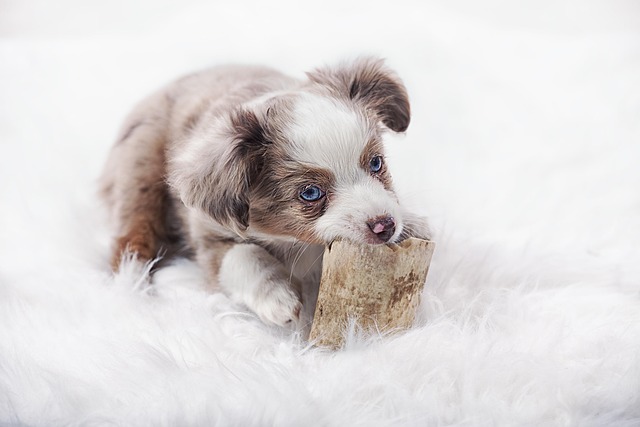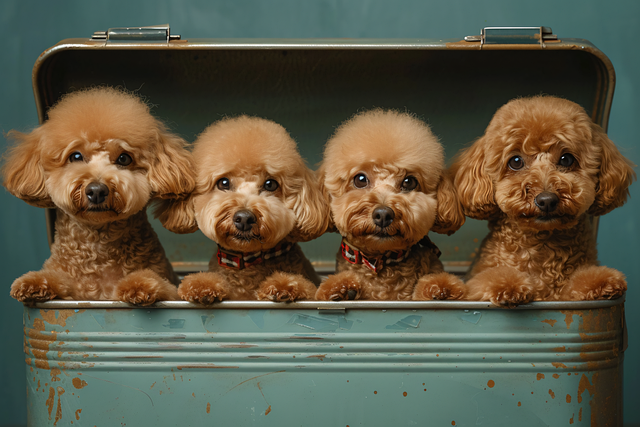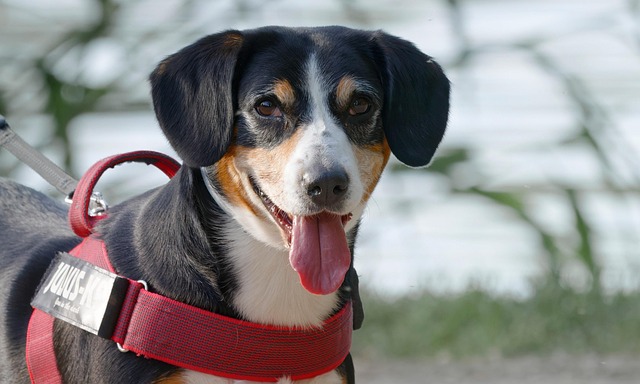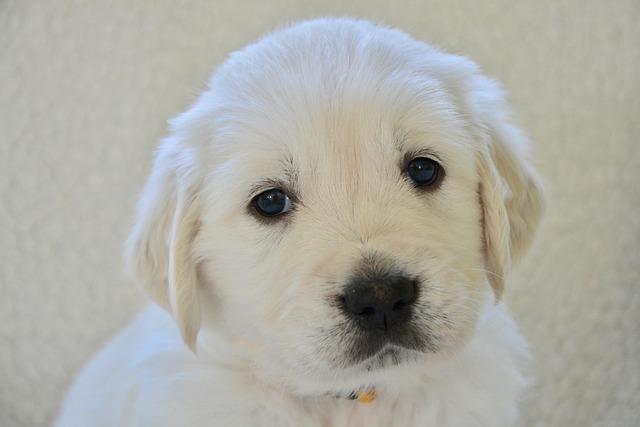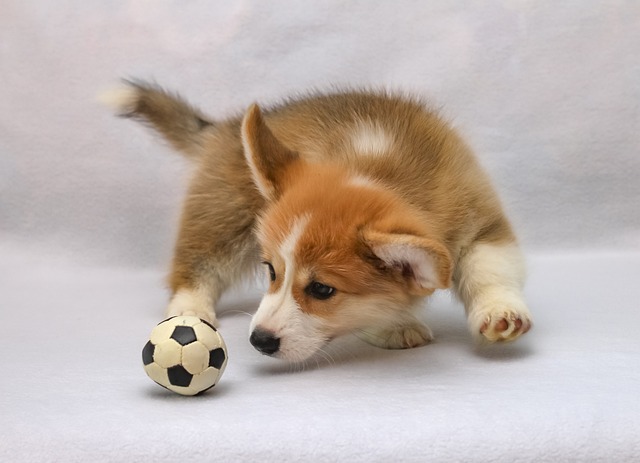That needle-sharp nibble on your ankle isn't personal, though it sure feels like it. Puppies explore their world mouth-first, driven by teething discomfort, boundless curiosity, and the sheer joy of play. They haven't learned bite inhibition yet – understanding how much pressure hurts us soft-skinned humans. Addressing this early is crucial; unchecked puppy biting can morph into a serious, ingrained habit much harder to break later. It's not about dominance; it's about communication and gentle guidance.
When we talk about holding a puppy to curb biting, the philosophy must center on trust. The goal isn't submission or intimidation, but a calm, brief pause – a reset button. Using restraint as punishment breeds fear, potentially escalating to fear-based aggression. True humane restraint means your puppy feels safe, not threatened. Your touch should communicate security, not force. It’s about interrupting the behavior gently, maintaining that vital bond where your puppy sees you as a source of comfort, not conflict.
So, how do you actually hold a puppy safely to stop biting? Forget forceful pinning. Find a quiet spot, sit on the floor to be less intimidating. When the biting starts, gently but firmly place one hand across their chest, just behind the front legs, supporting their weight. Your other hand can rest calmly on their hindquarters for stability. Hold them in this supported, upright position for just 2-3 seconds – long enough to stop the biting action, but short enough to avoid panic. Keep your hold firm enough they can't wiggle free and resume biting, but gentle enough they aren't struggling or crying out. Maintain calm energy; deep breaths help. Crucially, release immediately when they relax, even slightly. Never hold them down on their back (this is frightening), never squeeze tightly, and never yell. Watch their body language; wide eyes, whale eye (showing the whites), or frantic struggling means stop immediately – you've crossed into fear territory.
This brief hold is just one piece of the puzzle. It creates that vital pause. The instant you release, redirect their mouth to an appropriate chew toy – a frozen washcloth for teething pain or a sturdy rubber toy. Praise calmly when they bite the toy instead. Consistency is key; *every* time teeth touch skin, calmly initiate the gentle hold and redirect. Pair this with yelping a high-pitched "Ow!" when bitten to mimic puppy feedback, then immediately withdrawing attention for 10-15 seconds. Reward calm, non-biting interaction lavishly with praise and treats. Structure playtimes and ensure plenty of naps; overtired puppies turn into bitey land sharks. These humane ways to hold a biting puppy work best woven into a tapestry of positive reinforcement and redirection.
Most puppies respond beautifully to patient, consistent training using gentle puppy restraint techniques and redirection. However, be vigilant. If biting intensifies despite weeks of diligent effort, if your puppy growls, snaps, or bites with stiff body language when you simply reach near them or their food/toys, or if the bites break skin frequently, it's time to seek expert guidance. A certified professional dog trainer (CPDT-KA or similar) or a veterinary behaviorist can assess for underlying issues like pain, fear, or resource guarding and tailor a safe, effective plan. Don't wait hoping it will get better; early intervention with professional help is the kindest and safest path for everyone.
